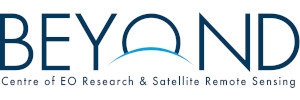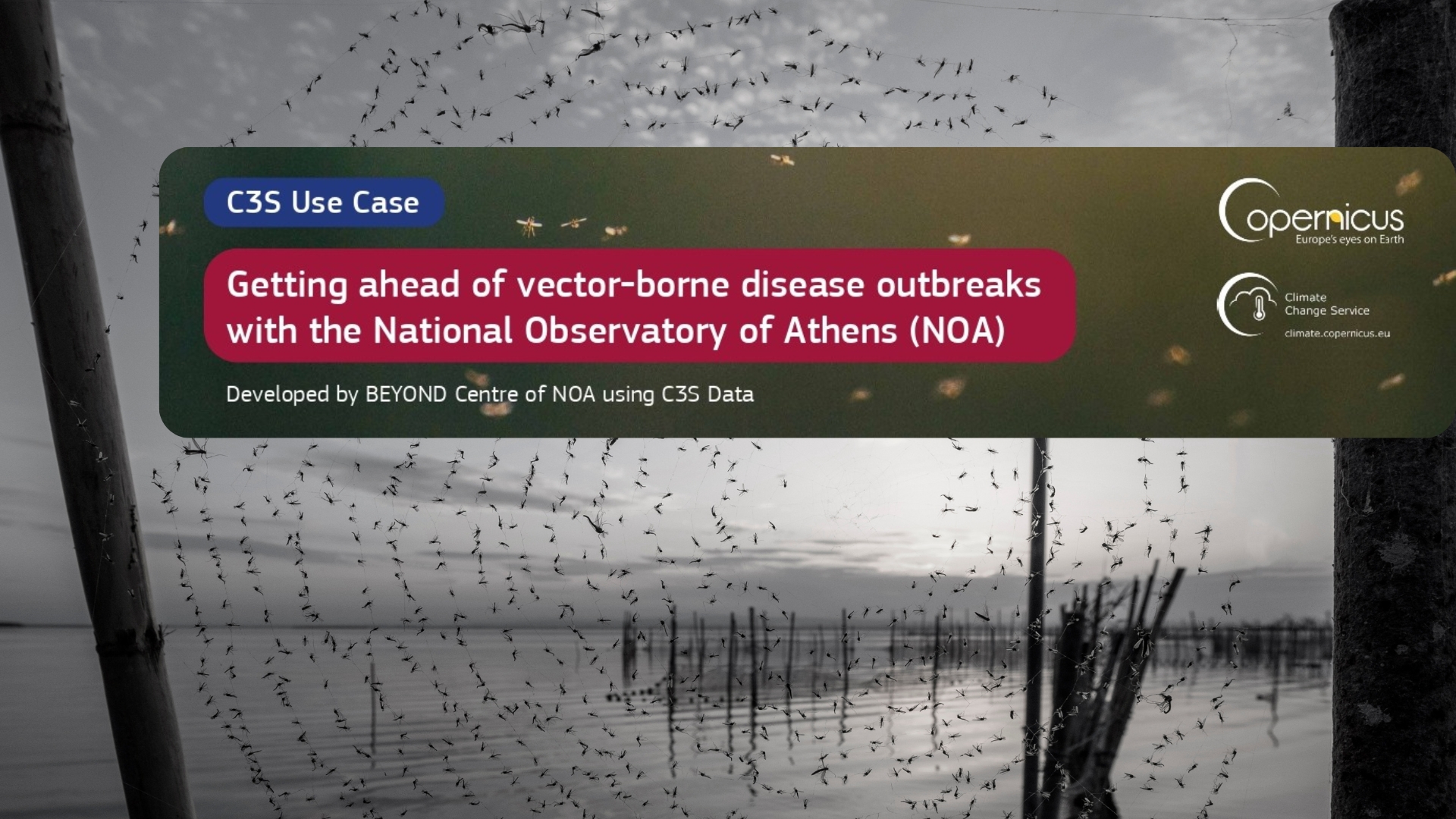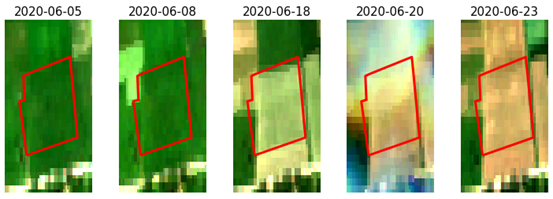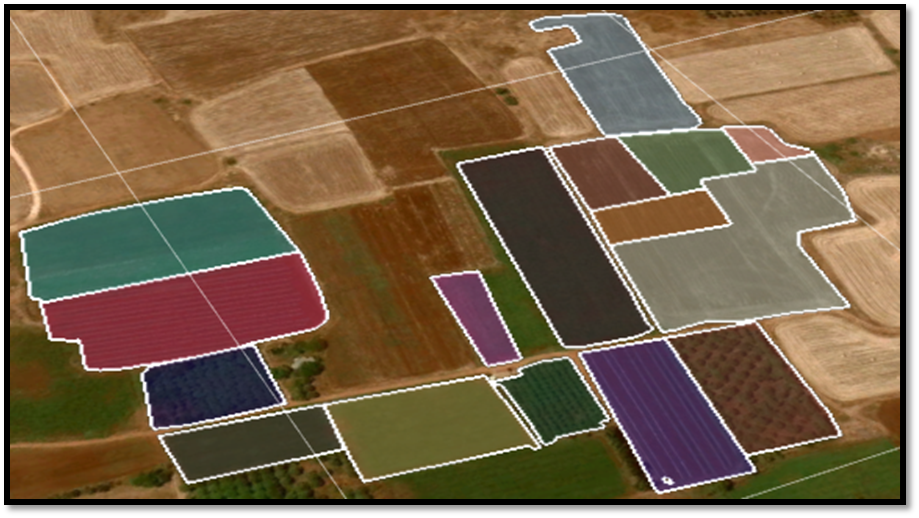
Την 1η Μαρτίου 2021, η Περιφέρεια Αττικής, το Εθνικό Αστεροσκοπείο Αθηνών (ΕΑΑ) και το Εθνικό και Καποδιστριακό Πανεπιστήμιο Αθηνών (ΕΚΠΑ), ένωσαν τις δυνάμεις τους υπογράφοντας τριμερή Προγραμματική Σύμβαση, με στόχο τη προστασία του πολίτη και του περιβάλλοντος από τις φυσικές καταστροφές και συγκεκριμένα, το Κέντρο Επιστημών Παρατήρησης της Γης και Δορυφορικής Τηλεπισκόπησης BEYOND του Εθνικού Αστεροσκοπείου Αθηνών, θα εκπονήσει έρευνα με τίτλο «Εκτίμηση κινδύνων Σεισμού, Πυρκαγιάς και Πλημμυρών στην Περιφέρεια Αττικής».
Η Περιφέρεια Αττικής θα αξιοποιήσει το έμπειρο επιστημονικό προσωπικό και την τεχνολογία αιχμής του Κέντρου Αριστείας BEYOND του Ινστιτούτου Αστρονομίας, Αστροφυσικής και Διαστημικών Εφαρμογών (ΙΑΑΔΕΤ) του ΕΑΑ, το οποίο θα συντάξει λεπτομερείς μελέτες κινδύνων από πυρκαγιά, πλημμύρα και σεισμό, και θα διαμορφώσει ένα αποτελεσματικό σχέδιο αντιμετώπισής τους σε μια σειρά Δήμων της Περιφέρειας που επιλέχθηκαν με κριτήριο την τρωτότητα στους συγκεκριμένους κινδύνους.
Έρευνες αυτού του τύπου, για πολλαπλούς φυσικούς κινδύνους και σε κλίμακα οικισμού, θα διεξαχθούν για πρώτη φορά στη χώρα μας. Μέσω του έργου αυτού θα επιτευχθεί η δημιουργία πρωτότυπης γνώσης προς υποστήριξη της Περιφέρειας Αττικής στη βέλτιστη εφαρμογή του προβλεπόμενου Εθνικού Σχεδιασμού Πολιτικής Προστασίας και στην υποστήριξη του έργου των Συντονιστικών Οργάνων Πολιτικής Προστασίας.
Όμως γιατί επιλέχθηκε η Αττική για μια τέτοια έρευνα, ποιο είναι το πλαίσιο αυτής της συνεργασίας, ποια θα είναι τα αποτελέσματα του έργου και γιατί επιλέχθηκε το Κέντρο Επιστημών Παρατήρησης της Γης και Δορυφορικής Τηλεπισκόπησης BEYOND του ΕΑΑ/ΙΑΑΔΕΤ να είναι ένας από τους βασικούς φορείς υλοποίησης; Τελικά υπάρχουν επιστημονικά εργαλεία που μπορούν να συνεισφέρουν στην πολιτική προστασία; Οι απαντήσεις στα συγκεκριμένα ερωτήματα βρίσκονται παρακάτω:
![]() Download the English version of the press release here
Download the English version of the press release here






